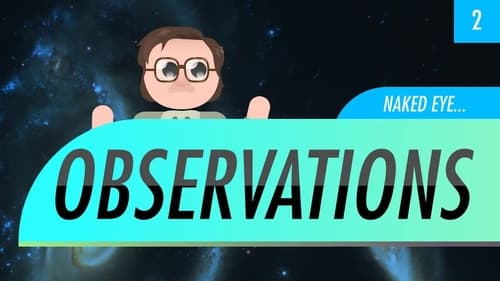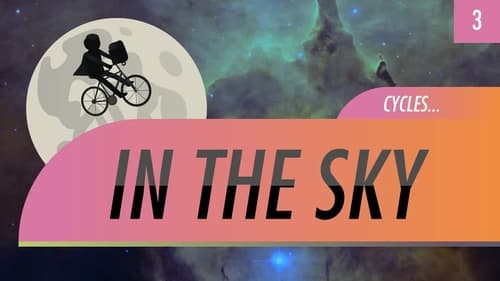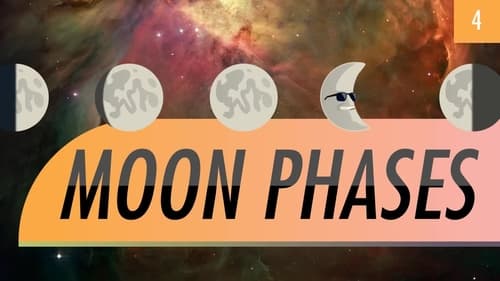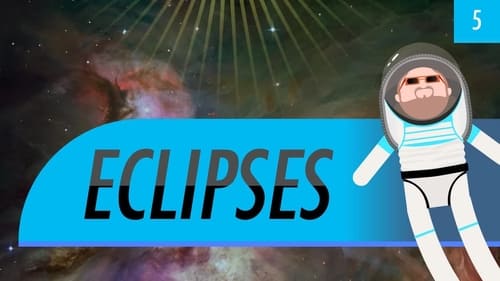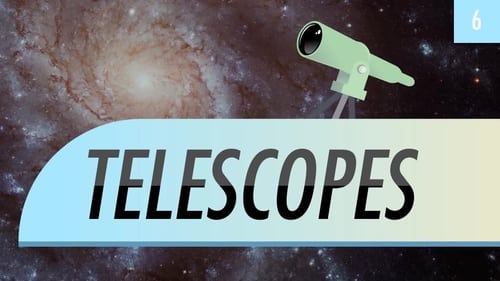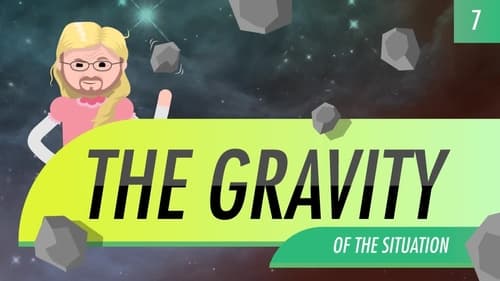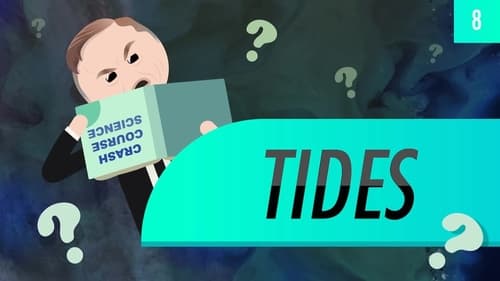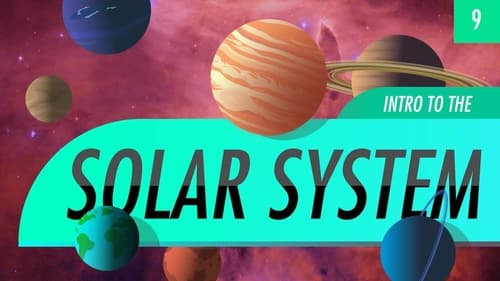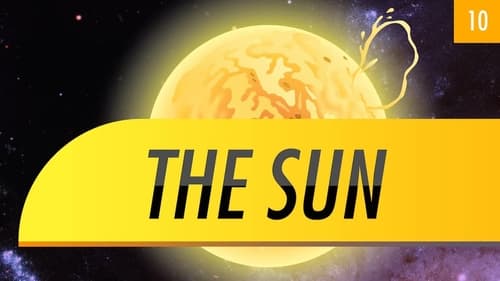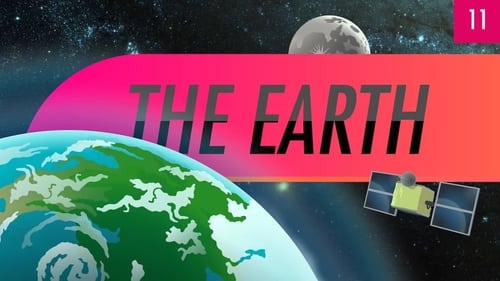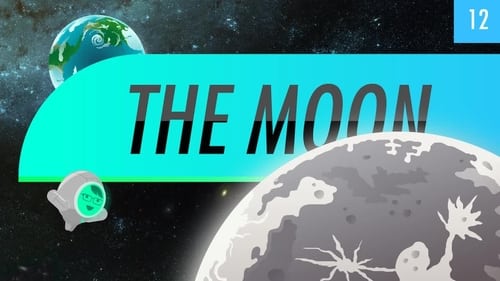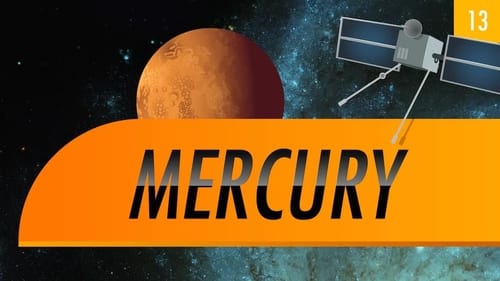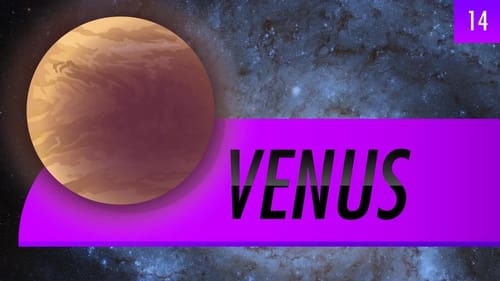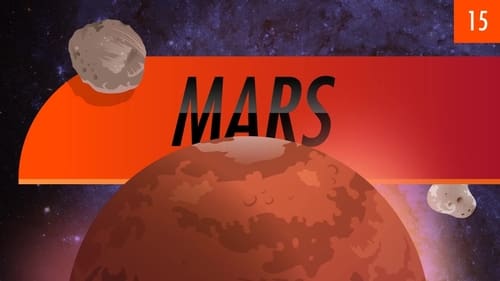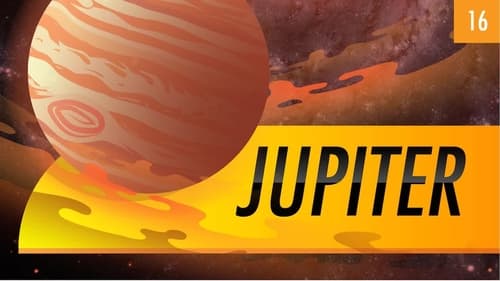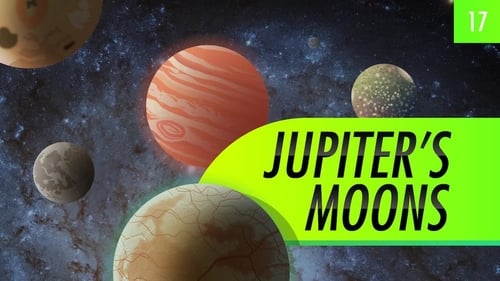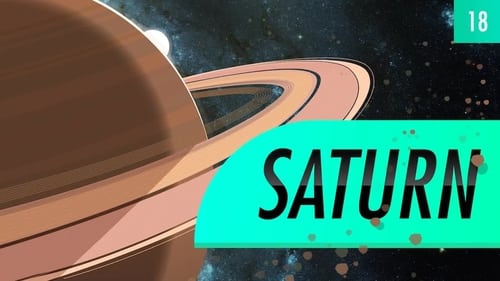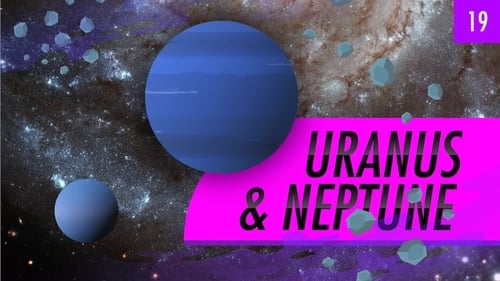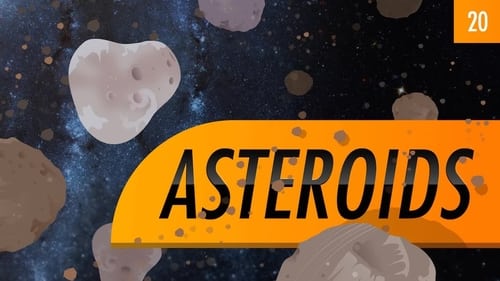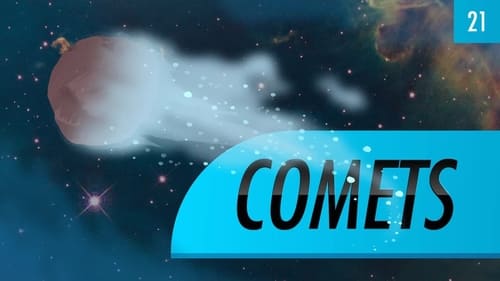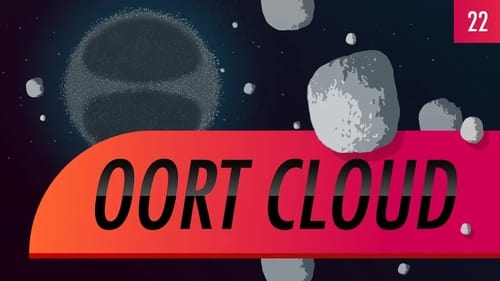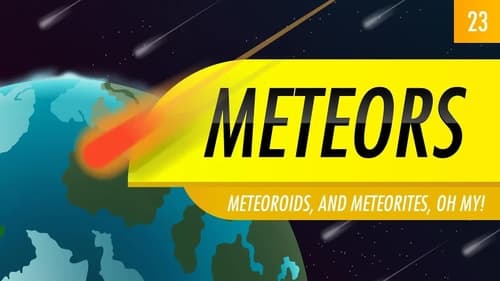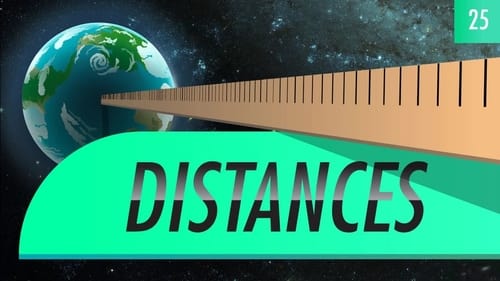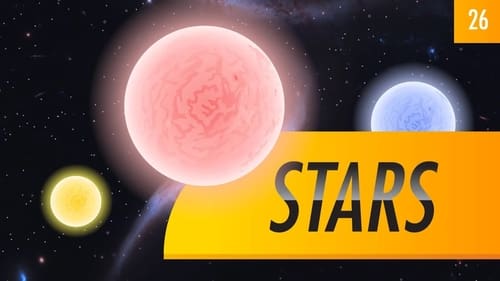
Documentary

The Worst Episodes of Crash Course Astronomy
Every episode of Crash Course Astronomy ranked from worst to best. Explore the Worst Episodes of Crash Course Astronomy!

The Worst Episodes of Crash Course Astronomy
Documentary
Every episode of Crash Course Astronomy ranked from worst to best. Explore the Worst Episodes of Crash Course Astronomy!
The series breaks down complicated astronomy concepts in an easy to understand way using animation and narration by astronomer Phil Plait.
Seasons1
Worst Episodes Summary
"Naked Eye Observations" is the worst rated episode of "Crash Course Astronomy". It scored /10 based on 0 votes. Directed by Unknown and written by Unknown, it aired on 1/22/2015. This episode scored 0.0 points lower than the second lowest rated, "Cycles in the Sky".
